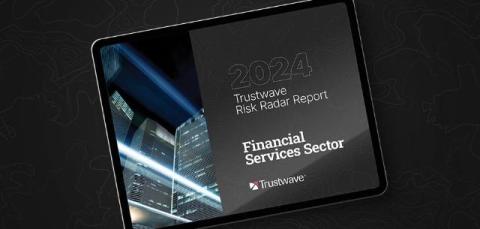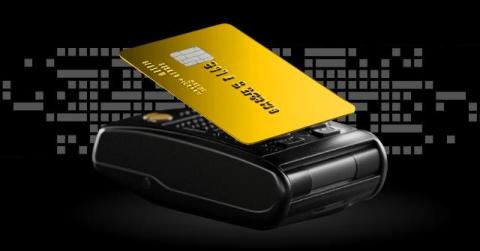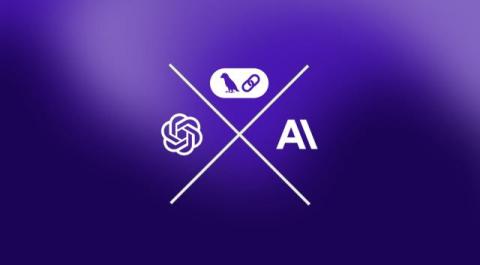Phishing and Ransomware: How Threat Actors Attack the Financial Services Sector
Trustwave SpiderLabs is prepped to launch its newest threat intelligence research, the 2024 Trustwave Risk Radar Report: Financial Services Sector. The upcoming report, which is set to be released on September 10, promises to be an indispensable resource for cybersecurity professionals. This comprehensive report not only sheds light on the modus operandi of a dominant ransomware gang but also delves into the persistent use of phishing and brute-force attacks to compromise credentials.











